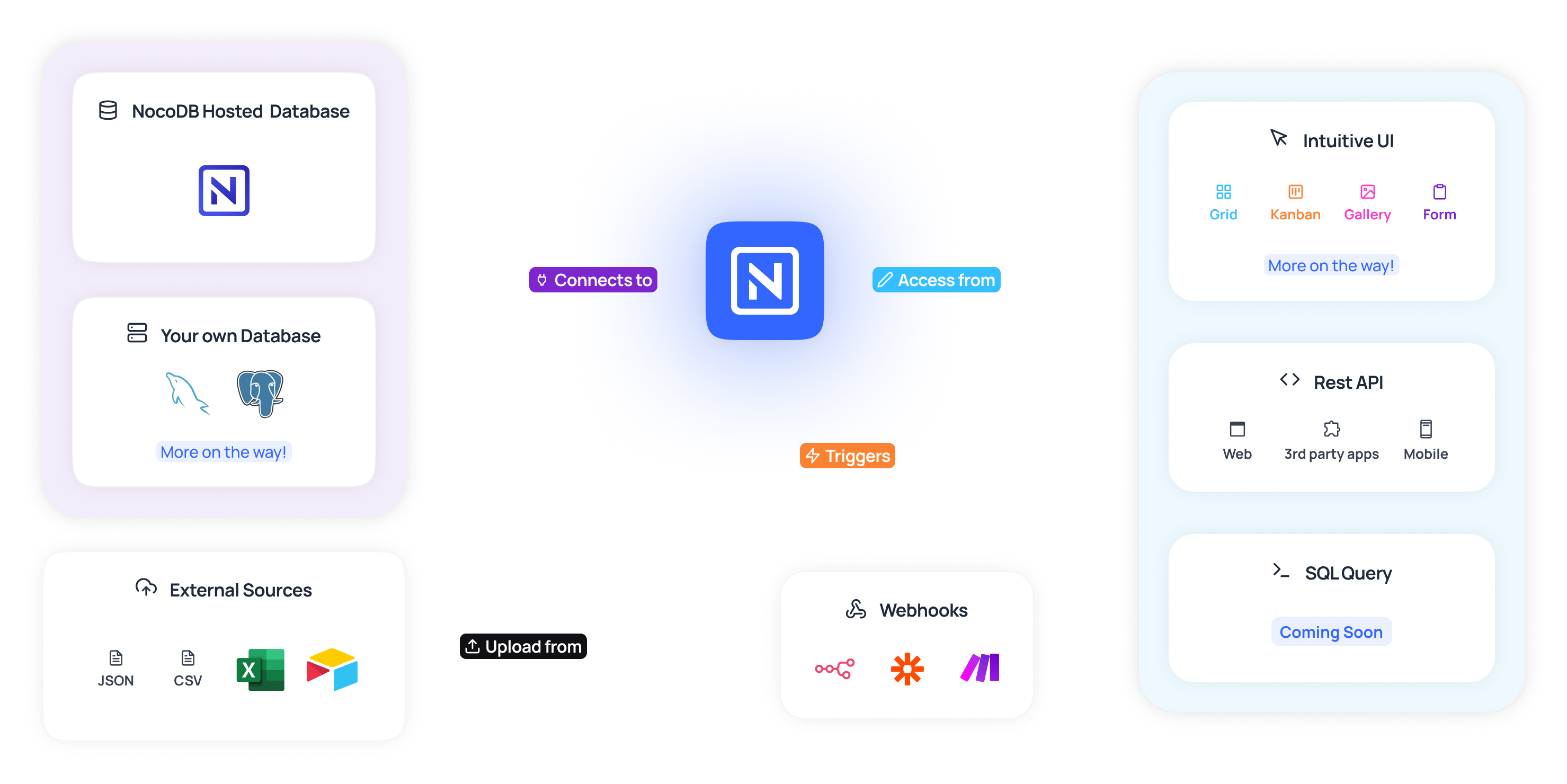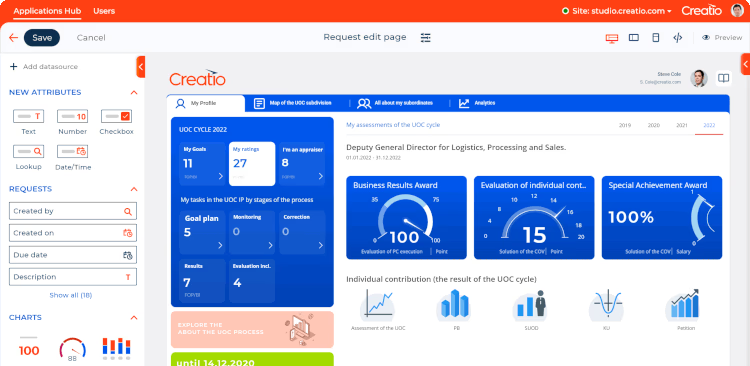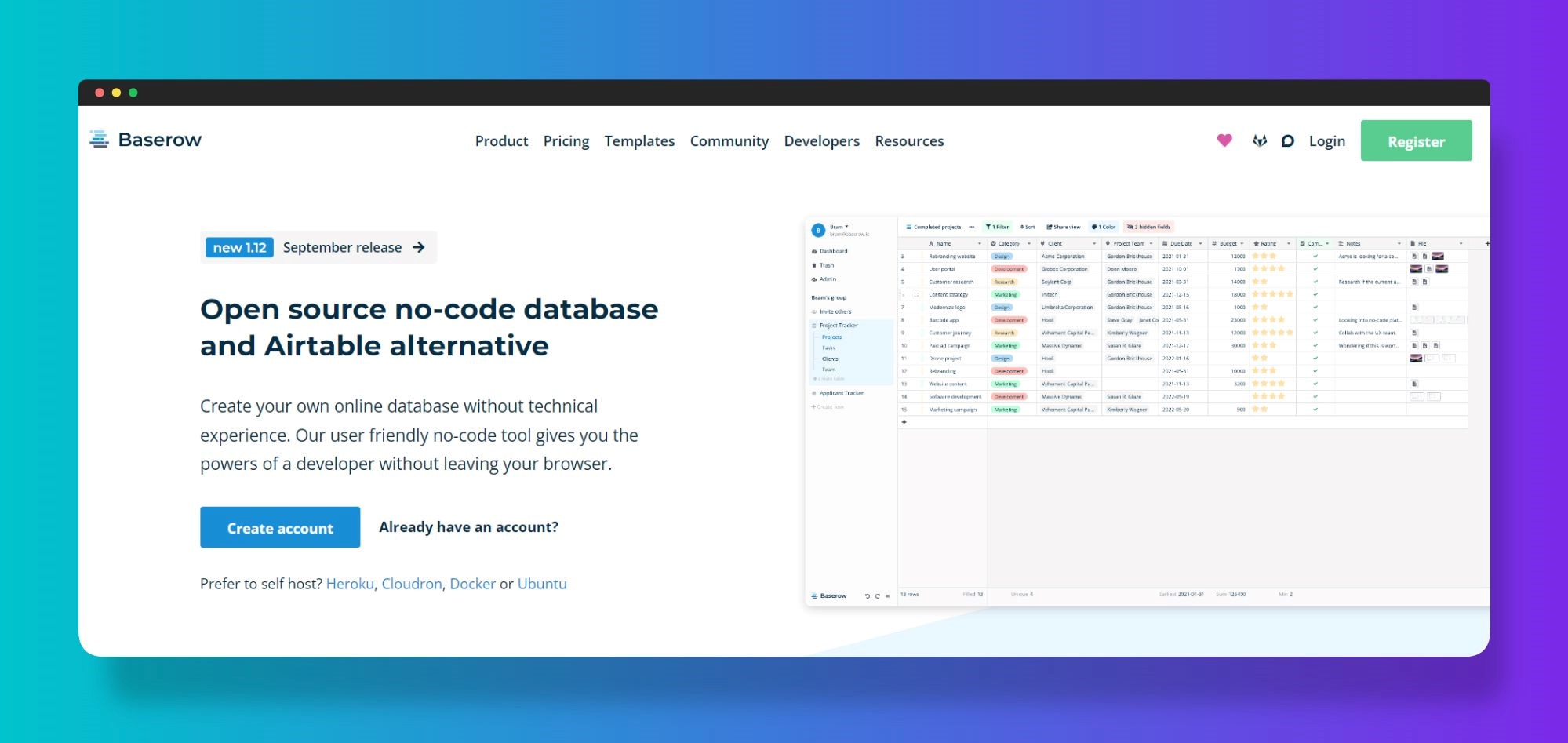How No-Code Tools Simplify Open System Database Development for Everyone
How No-Code Tools Simplify Open System Database Development for Everyone
Blog Article
A Comprehensive Guide to Implementing Scalable Data Sources Without the Requirement for Coding Expertise
In the modern landscape of data administration, the ability to execute scalable databases without coding experience is becoming progressively essential for organizations of all sizes. This guide intends to illuminate the procedure, concentrating on easy to use devices and user-friendly interfaces that debunk data source arrangement. By taking a look at vital functions, reliable techniques for application, and best practices for recurring monitoring, we will address how also non-technical individuals can with confidence navigate this complicated terrain. What are the important aspects that can genuinely encourage these customers to leverage scalable databases successfully? The solutions might redefine your technique to information management.
Recognizing Scalable Databases
In the realm of contemporary information monitoring, scalable databases have become a vital service for organizations seeking to manage enhancing volumes of info successfully. These databases are developed to accommodate growth by permitting for the smooth enhancement of resources, whether with horizontal scaling (including a lot more equipments) or vertical scaling (upgrading existing equipments) This versatility is crucial in today's busy electronic landscape, where data is created at an extraordinary rate.
Scalable databases normally utilize distributed designs, which enable information to be spread throughout numerous nodes. This circulation not only boosts efficiency yet additionally provides redundancy, ensuring data schedule even in the occasion of hardware failures. Scalability can be a crucial aspect for various applications, consisting of ecommerce systems, social media sites networks, and huge information analytics, where customer demand can change dramatically.
Additionally, scalable data sources typically include durable data consistency versions that stabilize efficiency and integrity. Organizations needs to consider their particular needs, such as read and write speeds, data honesty, and mistake tolerance when selecting a scalable database option. Eventually, comprehending the underlying concepts of scalable databases is vital for businesses aiming to thrive in a significantly data-driven globe.
Key Attributes to Seek
When evaluating scalable databases, numerous vital features are paramount to guaranteeing optimal efficiency and reliability. Firstly, take into consideration the style of the data source. A distributed design can boost scalability by enabling data to be saved across numerous nodes, helping with smooth information gain access to and processing as need boosts.
Another crucial attribute is information partitioning, which allows efficient monitoring of large datasets by separating them right into smaller, extra manageable pieces (no-code). This approach not only improves efficiency however also streamlines resource allotment
Additionally, try to find durable duplication capacities. This attribute ensures data redundancy and high accessibility, minimizing downtime throughout maintenance or unforeseen failings.
Performance tracking tools are additionally vital, as they supply real-time understandings into system health and operational efficiency, allowing for timely modifications to maintain optimal efficiency.

User-Friendly Data Source Tools
Simpleness is a vital aspect in the layout of straightforward data source devices, as it improves access for users with differing degrees of technical know-how. no-code. These tools prioritize instinctive user interfaces, enabling individuals to create, handle, and question databases without needing extensive shows understanding
Key features generally consist of drag-and-drop performance, aesthetic data modeling, and pre-built templates that simplify the arrangement procedure. Such tools often supply directed tutorials or onboarding processes that assist in customer interaction and decrease the knowing curve. In addition, seamless combination with popular data sources and services makes sure that customers can quickly import and export information, additionally streamlining procedures.

Moreover, robust assistance and area resources, such as forums and paperwork, boost the customer experience by supplying assistance when required. Generally, user-friendly database devices empower companies to harness the power of scalable data visit their website sources, making information administration available to everyone entailed.
Step-by-Step Implementation Overview
How can organizations effectively implement scalable data sources to fulfill their expanding information demands? The procedure starts with determining certain information requirements, including the quantity, selection, and velocity of data that will be refined. Next, companies must review easy to use data source devices that provide scalability functions, such as cloud-based remedies or handled data source services.
When the best device is picked, the following step includes configuring the database setting. This includes establishing instances, specifying customer authorizations, and developing information structures that align with company objectives. Organizations should after that move existing data right into the brand-new system, guaranteeing information honesty and minimal disturbance to operations.
Post-migration, carrying out comprehensive testing is vital; this includes performance screening under numerous lots conditions to guarantee the system can manage future development - no-code. In addition, it is very important to train personnel on the data source monitoring interface to help with seamless usage
Best Practices for Management
Efficient administration of scalable data sources calls for a strategic technique that prioritizes continuous tracking and optimization. To achieve this, organizations must carry out durable surveillance tools that supply real-time insights into database efficiency metrics, such as query reaction times, source use, and purchase throughput. Frequently examining these metrics can assist determine traffic jams and areas for renovation.

Regular back-ups and catastrophe healing strategies are important to guard information stability and accessibility. Developing a regular for testing these back-ups will make certain a reputable healing process in instance of an unexpected failure.
Furthermore, performance tuning should content be a continual procedure. Adjusting indexing approaches, enhancing queries, and scaling resourcesâEUR" whether up and down or horizontallyâEUR" will help keep ideal performance as usage needs advance.
Lastly, promoting a culture of expertise sharing among employee will make it possible for continuous understanding and adjustment, making certain that the administration of scalable databases remains efficient and effective over time.
Verdict
Finally, the implementation of scalable databases can be efficiently accomplished without coding know-how through the application of straightforward devices and intuitive user interfaces. By sticking to the detailed techniques for arrangement, information migration, and efficiency testing, people can navigate the complexities of database management easily. Stressing best practices for ongoing upkeep and collaboration additional improves the ability to manage scalable databases successfully in a quickly evolving data-driven environment.
In the modern landscape of information management, the ability to apply scalable databases without coding experience is coming to be increasingly important for organizations of all sizes.In the realm of modern data monitoring, scalable databases have arised as an essential remedy for companies seeking to take care of boosting quantities of info efficiently.Furthermore, scalable data sources commonly include robust information consistency versions that balance performance and dependability.Just how can organizations properly carry out scalable databases to fulfill their growing data demands? Next, organizations ought to examine straightforward data source devices that supply scalability features, such as cloud-based solutions or handled database solutions.
Report this page